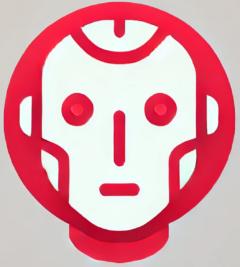AI Chatbots Streamline NZ Healthcare
In 2023, an overwhelmed pharmaceutical advisor at New Zealand’s PHARMAC realized that reviewing mountains of clinical reports manually was no longer sustainable. The solution didn’t arrive in the form of an extra staff member—but rather in the form of an AI chatbot. Almost overnight, repetitive administrative tasks were slashed in half, setting the stage for a digital shift in national medication approval processes. This bold move is one example of how AI chatbots streamline NZ healthcare operations, improving both efficiency and accuracy.
Artificial Intelligence Enhancing Government Health Agencies
New Zealand’s key health regulators—PHARMAC, which manages medicine funding, and Medsafe, the country’s medicines and medical devices safety authority—have embraced artificial intelligence to do what paper and manpower alone cannot. With a rising volume of drug applications and a demand for faster evaluations, automation became essential. Deploying AI chatbots has enabled these agencies to process, analyze, and summarize vast amounts of data with minimal human intervention.
AI-powered chatbots are being employed to:
- Screen and summarize clinical reports
- Extract key information from medical documentation
- Support internal compliance and safety checks
- Automate conversation flows for public queries
These bots enhance departmental productivity and enable decision-makers to focus on critical, high-value tasks rather than being buried under paperwork.
From Red Tape to Rapid Decisions
Even before the pandemic, agencies like PHARMAC were grappling with growing demands for medical reviews. But COVID-19 laid bare the inefficiencies of manual processes. The deployment of AI systems after 2021 revealed powerful advantages—from streamlining procurement to mobilizing digital health responses during national emergencies. By 2023, these chatbots had matured from experimental pilots into mission-critical tools.
PHARMAC currently utilizes natural language processing (NLP) technology that enables bots to scan documents and identify medical terminology with precision. The system is trained to offer real-time verification and reduce the operational burden placed on health experts.
Maintaining Trust and Accuracy
Both agencies are careful to emphasize that AI chatbots are not replacing human experts. Instead, they serve as digital assistants aiding deeply complex evaluations. Ensuring transparency, accuracy, and adherence to safety protocols remains the purview of trained professionals. However, the competitive edge that AI brings is undeniable: more time, faster turnaround, and improved consistency across evaluations.
Medsafe has also begun leveraging automation tools to simplify post-market surveillance and monitor adverse drug reactions. By creating feedback loops between AI systems and safety experts, the agency ensures quick responses while maintaining public trust in regulatory processes.
How the Future Looks
As AI integrations prove their value, more areas of New Zealand’s healthcare system will likely adopt automation to tackle inefficiencies. With advanced bots now capable of reasoning, understanding context, and summarizing medical data, the potential for growth is significant.
For global readers and health systems looking to emulate New Zealand’s progress, here’s a deeper look into how AI chatbots are reshaping drug administration and safety in NZ.
Conclusion
Through innovation and investment, AI chatbots streamline NZ healthcare in ways that go beyond speed—they bring clarity, consistency, and cutting-edge digital support to frontline health decision-makers. The journey from paper to processor showcases how artificial intelligence isn’t just a tech upgrade—it’s a healthcare revolution in progress.

